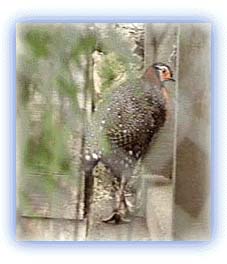Kinnaur himalayas
General Info
· The Story of the Baspa
· Valleys
· Hangrang valley
· Ropa valley
· Bhaba valley
· Other places of interest
· Nilchar
· Kalpa and Peo
· Pooh
· Moorang
Climate and Vegetation
People
· Kinners
· Traditions and Culture
· Livelihood
· Villages in Kinnaur
Religion
· Hinduism
· Buddhism
· Superstitions and Beliefs
Fairs and Festivals
Art and architecture
History

![]()
| The Satluj Saga The Satluj (or Sutlej) is the main river draining this district, which it divides into two unequal parts. The Satluj River is a Trans Himalayan river which rises near Lake Mansarovar. It enters India through a fearsome gorge near the Shipki La. Thereafter, it flows through the cold tracts of Kinnaur to the hamlet of Wangtoo. It is one of the major tributaries of the Indus river system. |
In its passage across Kinnaur, the Satluj River successively crosses three great mountain ranges -- the Zanskar range, the Great Himalayan range and the Dhauladhar range. To the east of the Satluj the valleys are narrow while in the west, they are wide and open. Many tributaries join the main
 |
| Extremely rare Western Tragopan pheasant. Credit: Karamjeet Singh |
In the southern part of this valley there is extensive cultivation of fruits and agricultural crops. Barring some parts, extensive vineyards, thriving crops and orchards of apricot, apples and grapes are to be found in the entire region.
On the right bank of the Satluj is the Srikhand Mahadev range. Here small peaks and glaciers descend to miles of high-altitude pastures dotted with sheep and alpine flowers. The Rupi-Bhabha Wildlife Sanctuary is located here. It contains the Himalayan Bear, Ibex, Bharal and numerous exotic pheasants including the near-extinct Western Horned Tragopan.
All rights reserved